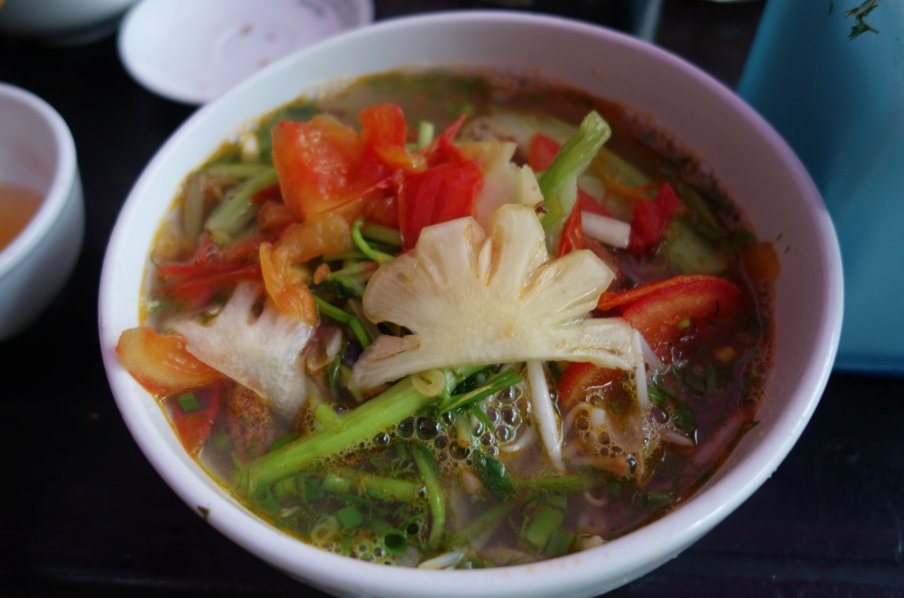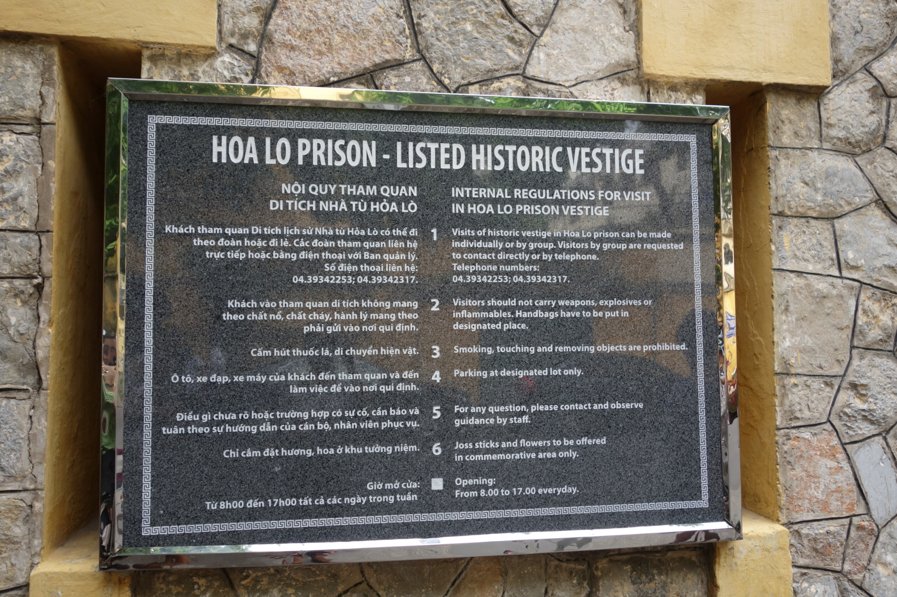With over 2000 miles of coastline, Vietnam has plenty
of secluded coves with white sands and waters fit for snorkelling. For
days spent sunbathing and evenings watching stunning sunsets, these are
the best beaches in Vietnam:
Long Beach, Phu Quoc
Long Beach (Bai Trong), spanning the west coast of Phu Quoc Island,
is a 20km stretch of largely deserted soft yellow sand and swaying
coconut palms. Ideal for sunbathing, sunset watching and swimming, this
beach is great for classic tropical beach views and is undoubtedly the
best Phu Quoc has to offer.
Star Beach, Phu Quoc
The largely undeveloped east coast of Phu Quoc is less
frequented than, but just as beautiful as, the more popular west. A
strong contender for the most beautiful beach on the island, Star Beach
(Bai Sao) has dazzling white sands and mesmerizing, often calm waters. A
few beach restaurants line the pale blue waters, and in season there
are kayaks for rent and half-day snorkelling trips by boat.
City Beach, Nha Trang
Nha Trang,
a delightful south coast city, is generally recognised as Vietnam’s
premier beach destination. Six kilometres of sand joins the sea to the
city, with rolling waves on one side and fringed on the other by cafes,
restaurants, and some unusual modern sculptures. Watersports, day trips
by boat and of course fresh pineapple are all readily available, but
bear in mind the more choppy waters of November and December mean the
beach loses much of its appeal.
Hon Chong Beach, Nha Trang
Just north of Nha Trang lies the secluded Hon Chong Beach –
less refined than its central counterpart but worth the trip for the
night-time views across the bay to the city centre. Cheap seafood
restaurants abound at its far end.
Ho Coc Beach, Ho Coc
A spellbinding, often deserted beach, Ho Coc
offers a primitive but wonderful five kilometre stretch of golden sand.
The beach has clear waters and is backed by fine dunes, and the Binh
Chau Hot Springs are located conveniently nearby in case sunbathing gets
too much.
Doc Let Beach, Hon Khoi peninsula
Doc Let beach, on the splendid Hon Khoi peninsula,
is a pristine location for a day’s beach-bumming. White sands and
casuarinas (evergreen trees) make for a delightful, uncrowded scene.
Good accommodation options are available, and even more secluded beaches
can be found nearby.
Dai Lanh, Hon Ghom peninsula
The Hon Ghom peninsula is coated in largely empty, endless
beaches. Perhaps the best is next to Dai Lanh, a tiny fishing village at
the northern end of a one kilometre-long beach, hemmed between clear,
turquoise waters of the South China Sea and a mantle of green mountains.
My Khe, Quang Ngai
My Khe in Quang Ngai consists of seven kilometres of
powder-soft sand, backed by casuarinas (evergreen trees), and is very
good for swimming. Hamlets stand along the beach, while fishing boats
are sometimes moored off it, and there’s a handful of restaurants that
only get busy at the weekend.
Cua Dai Beach, Hoi An
It’s a popular bike (or motorbike taxi) ride from Hoi An
to the clean, white sands of Cua Dai Beach. The best way to enjoy this
stretch is to take an umbrella and deck chair at one of the many
beachfront café-restaurants – you’ll be expected to at least buy a drink
– to minimise hassle both from hawkers and other visitors. That way you
can sip cocktails and watch spectacular sunsets over the Chám Islands
just off the shore.
Cam An Beach, Hoi An
Cam An Beach, just north of its more popular counterpart,
Cua Dai Beach, is a pleasantly scruffy alternative to the tourist
focused Cua Dai. Ramshackle bars dot the far less visited beach, seen as
the local expats’ beach of choice.
Con Son Island, Con Dao Archipelago
Con Son
is ringed with pleasant beaches – Lo Voi and An Hai are nearest Con Son
town, but Dam Trau to the north and Bat Dat Doc to the east are less
frequented and just as nice.
Ca Na, southern coast
Numerous parked coracles (round boats) line the beach at Ca Na,
with its invitingly clear water and healthy, but razor sharp, coral.
It’s easily accessible and, if wanting a little more solitude, just 2km
to the south lies another good stretch of sand.
Ninh Chu Beach, Ninh Chu
Five kilometres north of busy Phan Rang lies the pleasant, wide crescent of Ninh Chu Beach. Less popular with tourists than Mui Ne or Nha Trang, the beach still provides a quiet midweek stop, good for swimming, sunbathing and beach games in general.
My Khe, Da Nang
About three kilometres south of the city of Da Nang,
My Khe is a long stretch of sand popular with seafood-craving locals,
where US servicemen were once flown for R&R during the war.
Quy Nhon, Binh Dinh province
Quy Nhon,
a small seaport town, is bordered by a beach admittedly less
picturesque than others along the coast, but, for this reason, almost
free of foreigners. For more adventurous travellers, this is a good
place to get away from tourists, something which only adds to the town’s
intrigue.
Non Nuoc Beach, Da Nang
Non Nuoc is a dusty, unkempt village, inhabited since the
fifteenth century by stone carvers. Follow the paved road east from the
village and you reach Non Nuoc Beach, a pleasant and stretch of beach
that competes for business with its northern neighbour, My Khe. A note
of warning, however: there’s a powerful undertow off this coast, so
riptides are particularly dangerous.
Cat Co 1, 2 & 3, Cat Ba
Three small, sandy beaches lie to the east of Cat Ba Town on the island of Cat Ba,
just to the west of Ha Long Bay. Romantically named Cat Co 1, Cat Co 2
and Cat Co 3, One and Three are linked by a cliffside path that’s a joy
to walk anytime, day or night, and Two is a quieter retreat.
Doi Duong, Phan Thiet
The unassuming capital of Binh Thuan Province, Phan Thiet
is generally of less interest to foreigners than the sands of Mue Ne
just along the coast. However the absence of tourists is, for some, a
draw in itself. Doi Doung is the town’s own stretch of beach, and is
very popular with the locals. To get to the best bit, head around 700m
northeast from the main entrance point on Nguyen That Thanh.
Ha Long Bay
Whilst not technically a beach, kayaking across tranquil
waters and swimming amidst twinkles of phosphorescent plankton are both
possible in spectacular Ha Long Bay.
From November to March there can be chilly days of drizzly weather when
the splendour and romance of the bay are harder to appreciate, but the
gorgeous caves and beautiful scenery make up for this in the summer
months.
Quan Lan, Bai Tu Long
A long skinny island on the outer fringes of Ha Long Bay,
Quan Lan’s main attractions are the empty, sandy, and relatively clean
beaches lining its east coast. Few specific sights in this area mean the
beaches are relatively deserted – prepare to find yourself engaging
even more closely with locals than you’re used to.



























































